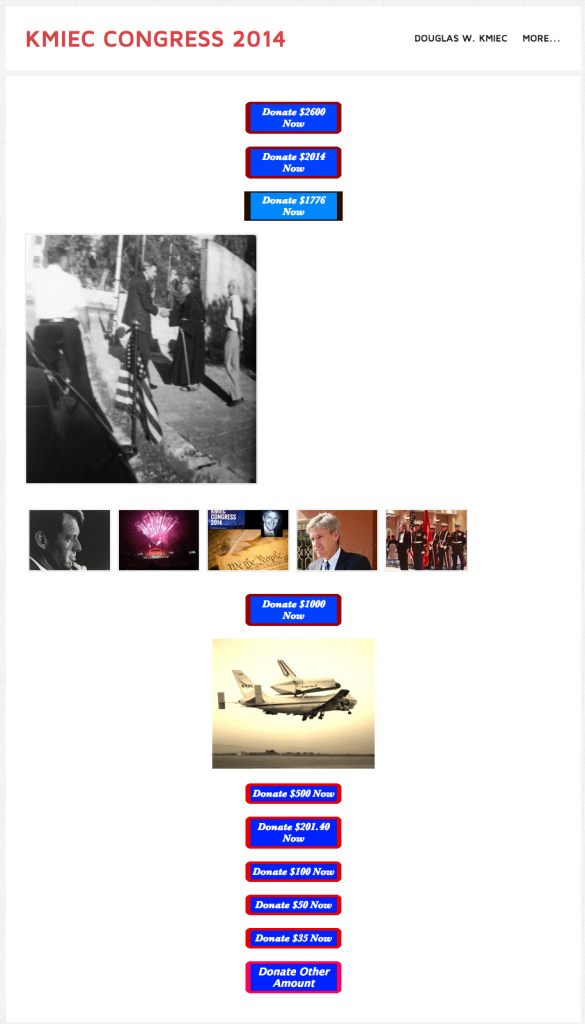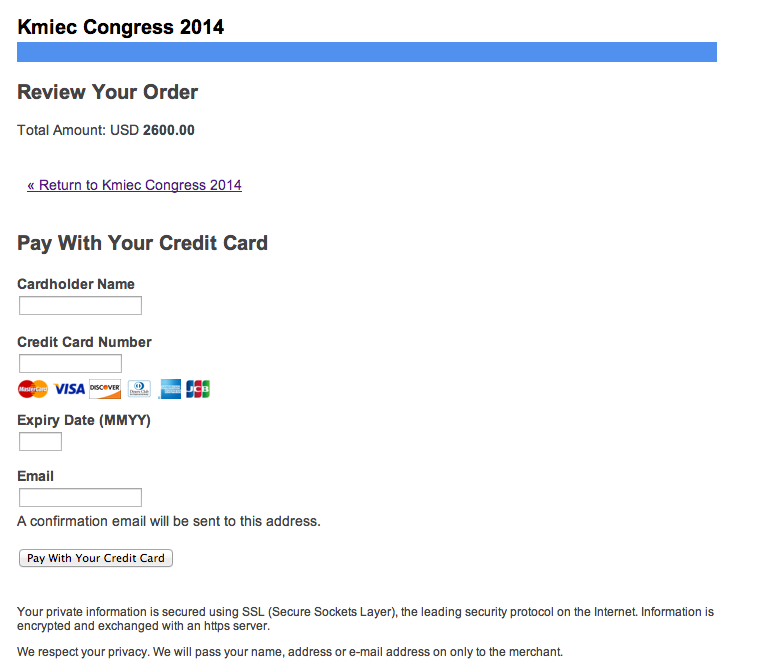On Saturday, March 1, I will be speaking at a symposium of the Tennesee Law Review on the next frontiers of the Second Amendment. I will be talking about the First Amendment, Second Amendment, and 3D Guns.
Here is the overview and schedule of the event.
Symposium: New Frontiers in the Second Amendment
In the wake of the Supreme Court’s recognition of personal Second Amendment rights in Heller and McDonald,as well as the recent national debates over gun control, questions have arisen as to exactly what rights the Second Amendment protects and what rights it ought to protect.
The Tennessee Law Review Symposium will include papers and presentations from varied viewpoints discussing the following topics:
· The nature and extent of possible Second Amendment protection of the right to carry firearms.
· The categories and types of weapons that may carry Second Amendment protection.
· The existence, extent, and scope of penumbral, unenumerated Second Amendment rights, such as the purchasing and transportation of firearms; the purchasing, possession, and transportation of ammunition; and protections for firearm-related locations such as firing ranges and gunsmith shops.
· The extent to which “chilling-effect” doctrine may apply to Second Amendment rights, including potential constitutional limitations on the taxing of firearms and ammunition.
· The validity or invalidity of gun ownership restrictions based on an individual’s status as a felon in light of the proliferation of regulatory crimes designated as felonies.
· The extent to which the Second Amendment sheds light on other constitutional rights, enumerated or unenumerated.
Perhaps most importantly, during my trip I learned that the Sun Sphere from the 1982 World’s Fair is in fact real, and it is not full of wigs.
The sun sphere is not filled with wigs pic.twitter.com/VwAFGvhW2Y
— Josh Blackman (@JoshMBlackman) February 28, 2014





